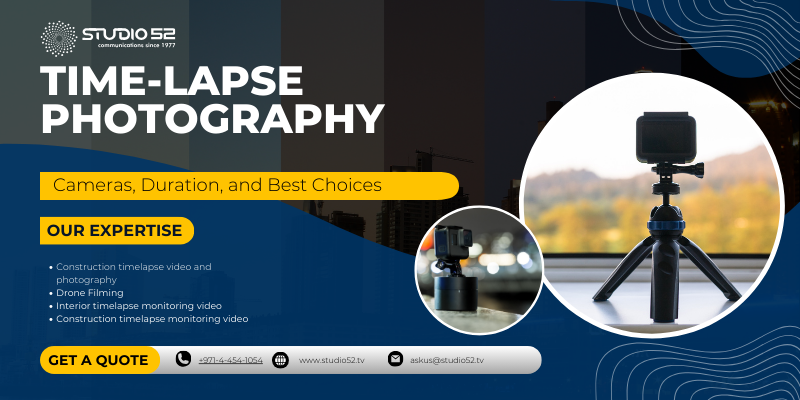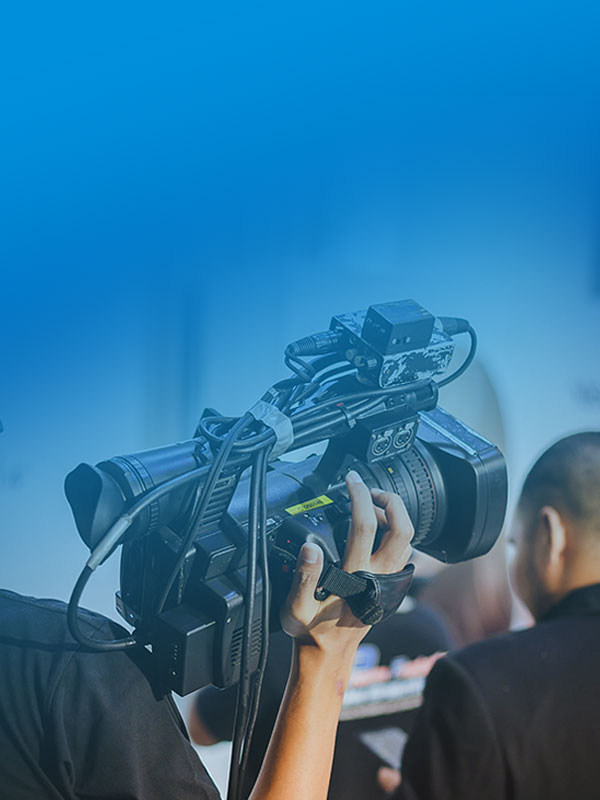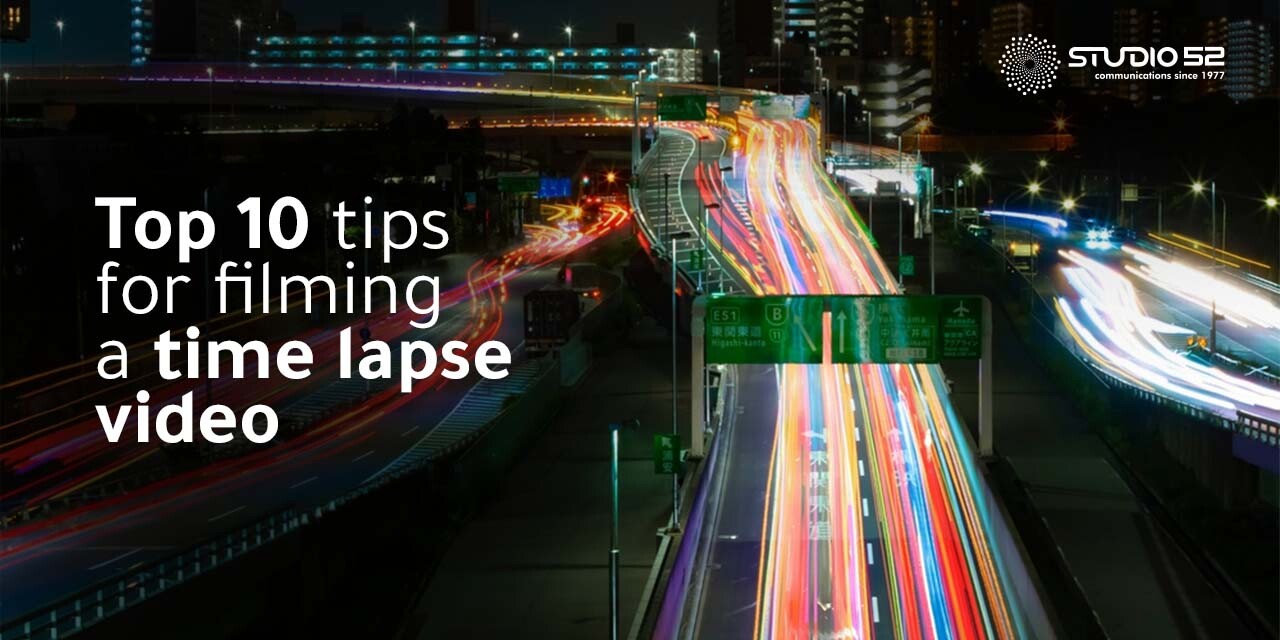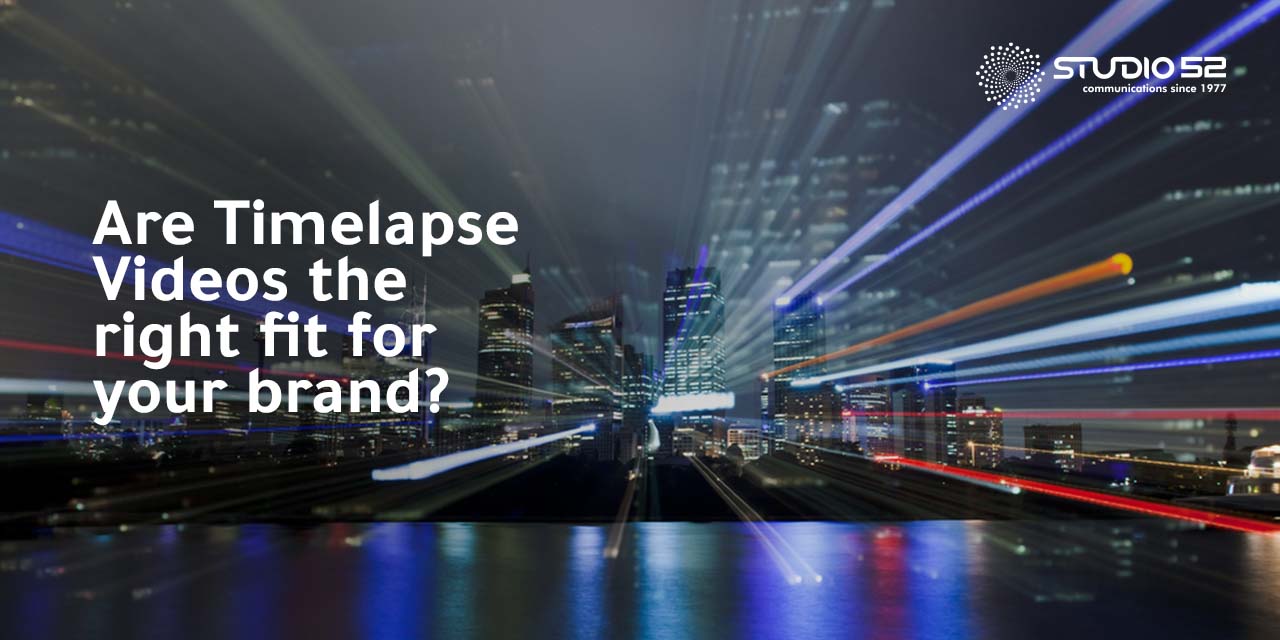Timelapse photography is a captivating art that allows us to condense hours, days, or even years into a few seconds of mesmerizing visuals. It’s a technique that has gained immense popularity in recent years, thanks to the advancements in camera technology and the ease of sharing these stunning creations on social media. In this comprehensive timelapse photography guide, we will delve deeper into the world of time-lapse photography, focusing on the cameras you should consider, the optimal duration for your time-lapses, and the best time-lapse camera to make your time-lapse projects truly stand out.
Table of Content
The Magic of Time-Lapse Photography
Before we delve into the technical aspects, let’s take a moment to understand the enchantment behind time-lapse photography. At its core, time-lapse photography is the art of capturing a series of still images at specific intervals and then playing them back as a sequence. This technique condenses time, revealing subtle movements and transformations that are otherwise imperceptible to the naked eye.
Imagine watching a flower bloom, the clouds dance across the sky, or a bustling cityscape transform from day to night in just a few seconds. Time-lapse photography allows us to witness these beautiful moments in a way that traditional photography or video cannot.
Choosing the Right Camera
Selecting the right camera is the cornerstone of successful time-lapse photography. Your choice of camera will greatly influence the quality and flexibility of your time-lapse projects. Here are some considerations to keep in mind when choosing your camera:

1. DSLR or Mirrorless Cameras
DSLR (Digital Single-Lens Reflex) and mirrorless cameras are the preferred choices among time-lapse enthusiasts. They offer interchangeable lenses, manual settings, and excellent image quality. These cameras allow you to have full control over your shots, enabling you to adjust exposure settings to capture the perfect image. Some top choices in this category include the Canon EOS 5D Mark IV and the Sony Alpha a7 III.
2. Compact Cameras
Compact cameras are more portable and user-friendly, making them a great option for beginners or those who want a more straightforward experience. Despite their smaller size, many compact cameras offer impressive time-lapse capabilities. Models like the Sony Cyber-shot RX100 VII and the Canon PowerShot G7 X Mark III are excellent choices for those on the go.
3. GoPro Action Cameras
For outdoor time-lapses or capturing extreme conditions, GoPro action cameras are unbeatable. They are rugged, waterproof, and can capture stunning 4K time-lapses. The GoPro HERO9 Black, for example, is a great option for adventurers and outdoor enthusiasts.
4. Smartphone Cameras
Don’t underestimate the power of your smartphone. Many modern smartphones offer built-in time-lapse modes that can produce impressive results. Apps like Hyperlapse and Lapse It Pro further enhance your smartphone’s time-lapse capabilities. This accessibility means that anyone with a smartphone has the potential to explore the world of mastering timelapse photography.
Setting the Duration
The duration of your time-lapse can significantly impact its visual appeal and storytelling. Here are some guidelines to help you determine the ideal duration for your project:
1. Short Time-Lapses (1-10 seconds)
Short time-lapses, typically lasting between 1 to 10 seconds, are ideal for capturing fast-moving subjects. These include scenes like traffic, bustling cityscapes, or waves crashing on the shore. To create a sense of urgency and motion in your time-lapse, use shorter intervals between shots, such as 1-2 seconds.
2. Medium Time-Lapses (10 seconds – 2 minutes)
Medium-length time-lapses are versatile and can capture a wide range of subjects. Shooting at intervals of 2-5 seconds works well for most scenarios, including cloud movements, construction projects, or natural landscapes. This duration provides enough context for viewers to appreciate the subtle changes taking place.
3. Long Time-Lapses (2 minutes or more)
For slower transformations like the blooming of flowers, the changing of seasons, or the transition from day to night, longer time-lapses are the way to go. Shoot at intervals of 5-10 seconds or more to create smooth and captivating sequences. Longer time-lapses allow viewers to witness gradual changes and immerse themselves in the beauty of the unfolding story.
Capture Every Moment with Precision! 📸 Hire Us Today for Expert Timelapse Camera Services
Best Practices for Stunning Time-Lapses
Creating breathtaking time-lapses goes beyond just selecting the right camera and setting the duration. To ensure your time-lapse stands out and ranks well among others, here are some best practices to follow:
1. Stable Support
Stability is crucial in time-lapse photography. Even the slightest camera movement can ruin a sequence. Invest in a sturdy tripod or specialized time-lapse equipment to keep your camera stable throughout the shoot. If you’re shooting in windy conditions or on unstable terrain, consider using sandbags or anchor your tripod to prevent vibrations.
2. Manual Mode
While some cameras offer automatic time-lapse modes, shooting in manual mode is often preferred. Manual mode gives you complete control over exposure settings, including aperture, shutter speed, and ISO. This control allows you to adapt to changing lighting conditions and maintain consistent image quality throughout your time-lapse sequence.
3. Intervalometer
To capture precise intervals between shots, invest in an intervalometer or use your camera’s built-in time-lapse feature. Intervalometers allow you to set the duration between each frame, ensuring that your time-lapse flows smoothly and consistently. Be sure to calculate the interval based on the duration you want to achieve.
4. Post-Processing
Editing is a crucial step in time-lapse photography. Use software like Adobe Premiere Pro or LRTimelapse to enhance colors, remove flicker, and add creative effects. Post-processing can elevate the visual quality of your time-lapse video and help you achieve a polished and professional look.
5. Storytelling
While technical aspects are important, remember the storytelling element in your time-lapse. Think about the story you want to tell and the emotions you want to evoke in your audience. A compelling narrative can elevate your work and engage your viewers on a deeper level.
Explore some Timelapse Photography Mistakes
Conclusion
Time-lapse photography is a captivating art form that requires creativity, patience, and the right equipment. By carefully choosing your camera, setting the duration effectively, and following best practices, you can create stunning time-lapse sequences that captivate viewers and stand out in the world of online content. So, pick up your camera, experiment with different subjects and durations, and embark on a journey to capture the passage of time like never before. Your next viral time-lapse masterpiece might just be a click away, waiting to amaze and inspire audiences around the world.
FAQ
Q: What is time-lapse photography?
A: Time-lapse photography is a technique of capturing a series of still images at specific intervals and then playing them back as a sequence, creating a condensed and sped-up video.
Q: What is the best camera for time-lapse photography?
A: The best camera for time-lapse photography depends on your needs and budget, but some popular options include DSLRs, mirrorless cameras, compact cameras, GoPro action cameras, and smartphone cameras.
Q: How do I set the duration of my time-lapse?
A: The duration of your time-lapse will depend on the subject you are shooting and the effect you want to achieve. Shorter time-lapses are ideal for capturing fast-moving subjects, while longer time lapses are better for slower transformations.
Q: What are some best practices for creating stunning time-lapses?
A: Some best practices for creating stunning time-lapses include using stable support, shooting in manual mode, using an intervalometer, and post-processing your footage.
Q: How can I use time-lapse photography to tell a story?
A: To use time-lapse photography to tell a story, think about the message you want to convey and the emotions you want to evoke in your audience. Choose a visually appealing subject that will capture the viewer’s attention. Then, use your camera settings and editing techniques to create a time-lapse that is both informative and engaging.






